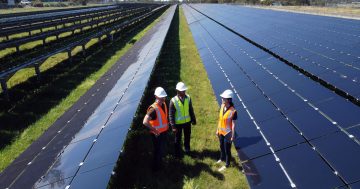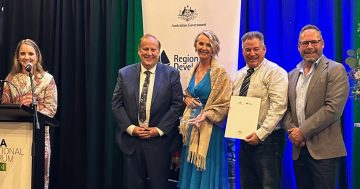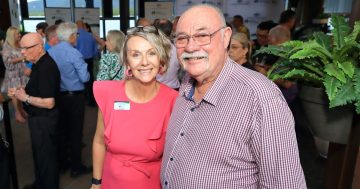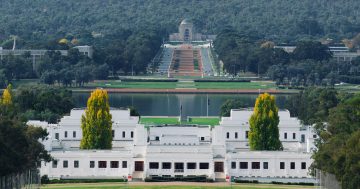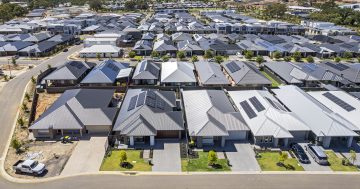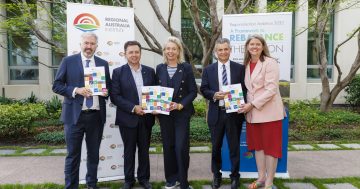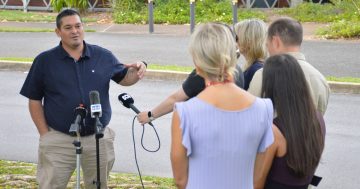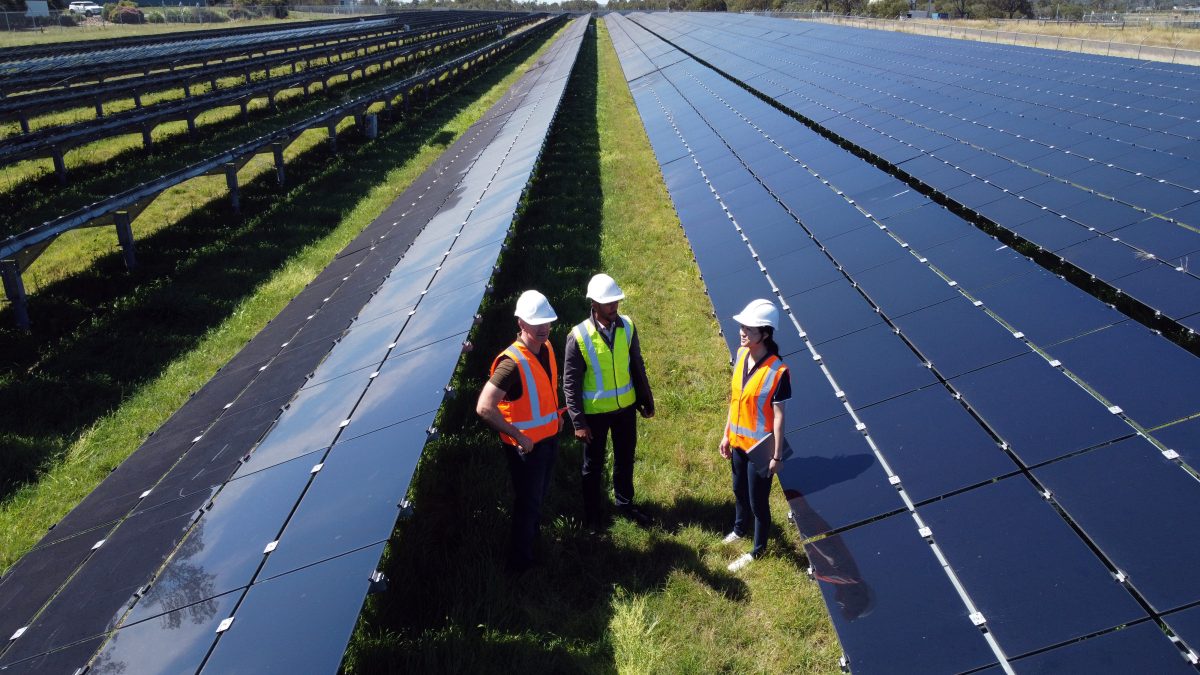
The ‘Future Made in Australia’ plan promises prosperity, but advocates warn housing and services need to keep up. Photo: Thurtell.
Regional advocacy groups have given a cautious thumbs up to the government’s ‘Future Made in Australia’ plan, which aims to bring new jobs to the regions by investing in green technology and manufacturing.
The $22.7 billion investment will be rolled out over the next decade to speed up the journey to net zero by backing groundbreaking renewable energy projects, Australian ideas and science, and investing in more regional jobs.
However, there are concerns the ambitious plan will falter without an accompanying investment in housing and services.
The Regional Australia Institute’s CEO, Liz Ritchie, said this week’s budget highlighted regional Australia’s potential to fuel the country’s future prosperity and sustainability.
“The signature $1.7 billion Future Made in Australia Innovation Fund to develop new energy technologies is the key to injecting huge economic stimulus across regional Australia and to invigorate regions transitioning away from fossil fuel dependency,” Ms Ritchie said.
Rachel Whiting from Regional Development Australia (RDA), Riverina, also welcomed the “commitment to driving innovation and economic growth in regional Australia” adding that a place-based approach to local training was essential.
“Currently, our regional existing and aspiring students need to travel too far from home to access the majority of training opportunities that fit with the priority clean energy sector,” she said.
“We are hopeful that the Energy Industry Jobs Plan, the expansion of the New Energy Apprenticeship Programs and the support for living away from home costs for nursing, teaching and social work students who are required to do practical placements will all work towards better outcomes for our regions.”
Ms Ritchie agreed that “the future must be made in regional Australia” and while she welcomed money for communities affected by the energy transition, she said that community engagement “must go deeper” than funding for land access and planning approvals.
“Detail about how this process will be managed and how placed-based ideas will meet top-down funding is critical,” she said.
“It must involve commitments to address community pain points, and there is no bigger pain point right now than housing in our regions, specifically, ensuring new homes in the right regional locations providing greater rental availability and affordability.”
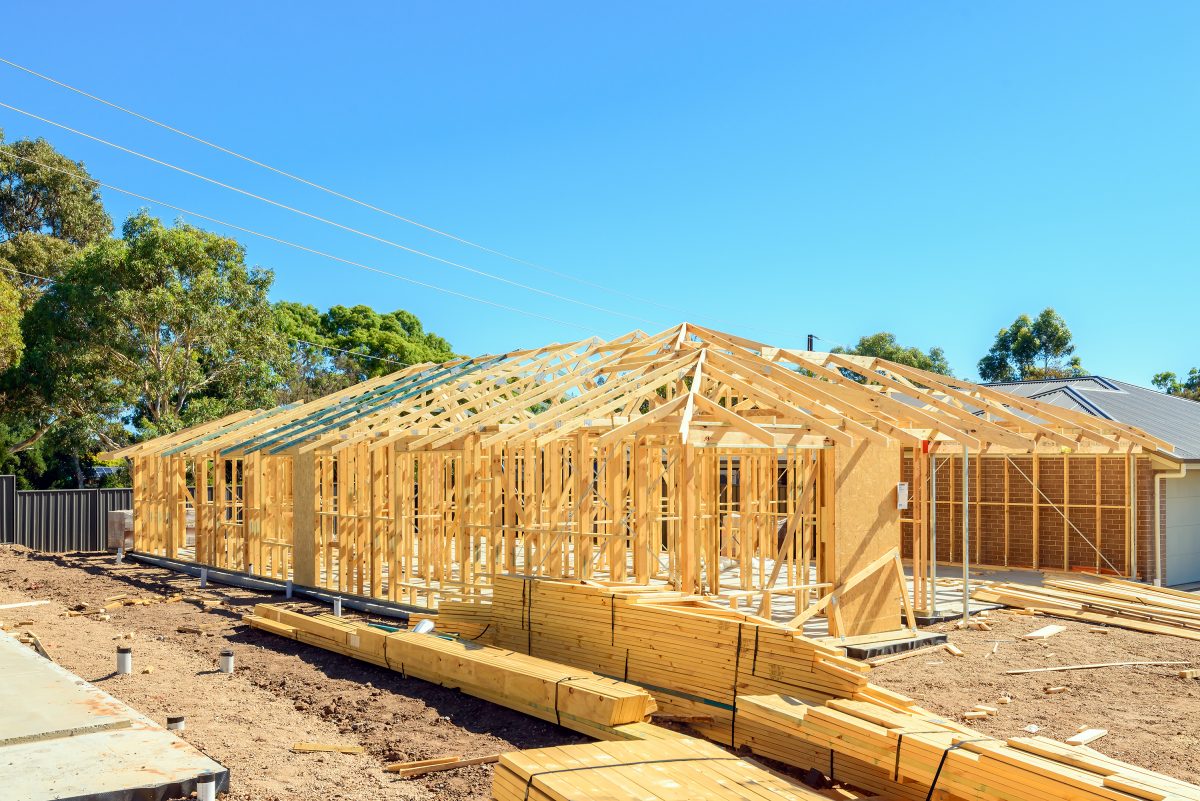
Housing supply remains a fundamental issue in regional NSW. Photo: moisseyev.
The RAI and RDA are calling for increased long-term investment in the planning, infrastructure and services needed to support growing communities.
“Whilst regional communities have matured in recent years, the supports needed to assist them have not,” Ms Ritchie said.
“Housing stocks are under immense pressure in many communities; 3.7 million regional Australians still live in a childcare desert, and too many regional residents struggle to access a GP.”
She said that investment in housing and services must go hand in hand with the push for industry through the Future Made in Australia Fund.
“The consistent call from regions is that they need to see funding from the housing policy package that is targeted to and transparent for regional Australia; sadly, it appears they are still left wanting.”
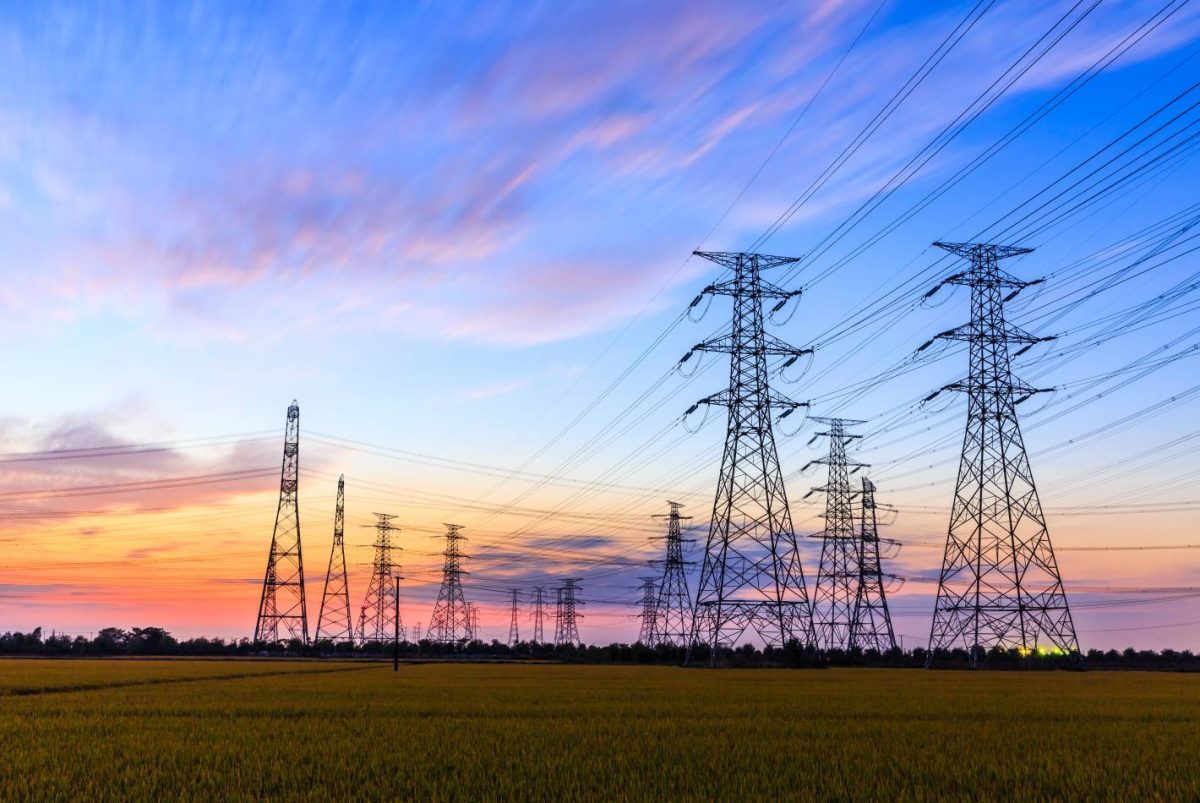
Green energy technology could unlock regional prosperity. Photo: Humelink.
According to recent data from the Australian Bureau of Statistics, the population of regional Australia reached around 9.78 million in June 2023, an increase of more than six per cent since 2018.
“People are voting with their feet and choosing a life in the regions, but that economic and social wealth won’t occur unless it’s backed up by support from business, industry, the not-for-profit sector, communities and vitally, government,” Ms Ritchie said.
“We are disappointed that there remains no focus or funding for a national population and settlement plan, which would offer analysis of high-growth scenarios – like regional Australia is currently experiencing – to enable better planning for industry growth, infrastructure and service provision.
“Without this planning, the nation’s ambitions to be an energy superpower will fall short.”
Original Article published by Chris Roe on Region Riverina.


